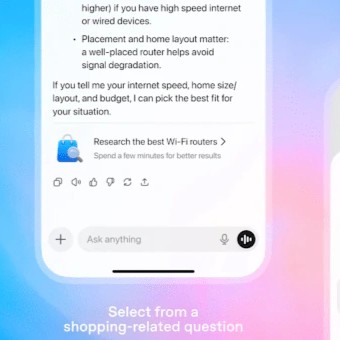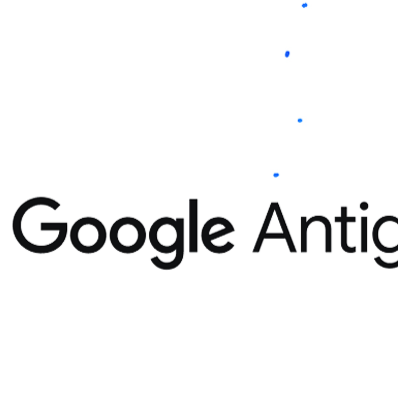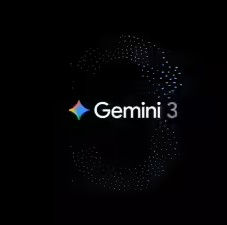Conversational shopping — now built in
ChatGPT’s earlier “Search” functionality has now been enhanced with dedicated shopping capabilities. When a user’s prompt indicates a shopping intent (e.g. “Find a good budget laptop” or “I need ergonomic office chairs”), ChatGPT responds with structured product suggestions — including images, prices, ratings or reviews, and links to retailers.
According to OpenAI, the product results are independently selected — they are not ads, and the company does not take commissions from purchases.
Accessible to all — no paywall barrier
Unlike many premium features, Shopping Research is reportedly available to all ChatGPT users — including Free, Plus, Pro, Go and even non-logged-in users — making it widely accessible globally.
Early adopters span multiple categories: fashion, beauty, home goods, electronics — with plans to expand further.
How It Works — Smart, Visual & Personalized
Visual cards & direct links
When you ask for a product, ChatGPT returns a visually intuitive “card” with: product image(s), brief description, current price/range, and retailer link. This resembles a modern e-commerce listing — but all within the chat.
Personalized to your taste & past context
ChatGPT can leverage past conversations, preferences and memory (if enabled) to better understand your style, budget, and constraints — giving recommendations that match you.
For example, if you previously indicated a preference for budget-friendly electronics, the chatbot will prioritize similar items.
Transparent and ad-free — for now
OpenAI has emphasized the independence of its product recommendations: these are not paid advertisements. The system relies on structured metadata from third-party retailers: pricing, specs, reviews.
This transparency differentiates it from traditional ad-driven search results, aligning more with user-centric experience.
Why It’s a Big Shift — What It Means for Users and Market
Frictionless online shopping — from search to buy
With Shopping Research, users no longer need to juggle multiple tabs, retailer websites, price-comparison engines or review sites. ChatGPT brings all data into one unified conversational flow. That saves time and simplifies decision-making.
A new challenge to traditional search engines & e-commerce search
By integrating product search and discovery into ChatGPT’s AI-driven conversational interface, OpenAI is positioning ChatGPT as a viable alternative to classic search engines (e.g. web search + ad-heavy product listings).
It signals growing convergence between conversational AI and e-commerce, potentially reshaping how consumers discover and buy products online.
More personalized, less overwhelming shopping experience
For users overwhelmed by endless product choices and conflicting reviews, ChatGPT’s curation cuts through the noise. By blending user context with web-wide data, Shopping Research can deliver focused, tailored recommendations — which can be particularly useful for budget-conscious buyers, or those looking for niche or specialized items.
What to Keep in Mind — Current Limitations
- The feature currently covers broad categories like fashion, home goods, electronics, and beauty — it may not yet have exhaustive coverage of very niche or localized products.
- Though product picks are said to be “independently selected”, outcomes may still vary depending on availability, retailer metadata, or user input clarity. As with any AI-driven tool, there's room for imperfections.
- Purchase workflows: while ChatGPT provides links to retailers, users will still have to complete checkout on those external sites (though future steps toward built-in shopping checkout have been hinted by industry coverage).
Broader Context & Industry Implications
The launch of Shopping Research within ChatGPT reflects a broader trend: AI moving from pure conversation toward "conversational commerce". By blending natural-language interactions with real-time retail data, platforms like ChatGPT aim to make online shopping more intuitive, context-aware and efficient.
This update builds on ChatGPT’s already popular Web Search capability (which recently logged billions of web searches weekly).
There’s also a potential shift in how advertisers, retailers and brands approach e-commerce: instead of optimizing for ad placements or SEO-heavy listings, future competition may revolve around AI-readiness — data quality, metadata completeness, and product discoverability through AI agents.
Conclusion
The new Shopping Research feature in ChatGPT marks a significant step toward making AI chatbots a central hub for online shopping. By combining conversational flexibility with structured data-driven product discovery, it offers users a simpler, more personalized and streamlined way to research and shop — while raising interesting questions about the future of search, e-commerce, and digital retail.
As this capability evolves and expands across more regions and categories, it could redefine how we shop online — turning every chat into a potential shopping assistant session.
Source:indianexpressGPT







